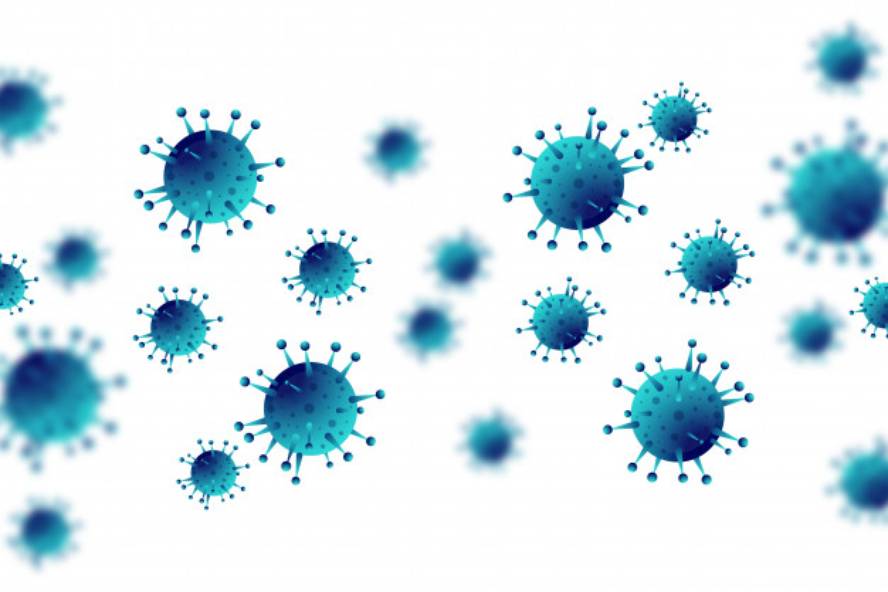WHO publishes a framework to prevent the emergence of the most dangerous pathogens for public health
The World Health Organization (WHO) publishes in 2017 for the first time the list of pathogens with the highest public health risk. This list included pathogens capable of causing serious pandemics or pests, in particular on the basis of two criteria: highly virulent and easily transmitted, and limited vaccines and treatments. Since then, the list has been renewed on more than one occasion, the last in summer.
In the renewed list, about 30 preferred ones have been considered, including viruses such as Sarbecovirus (one of them is SARS-CoV-2), T-baztanga, influenza A (including subtype H5), Ebola, Zika... and bacteria such as cholera, dysentery, pneumonia...
In addition to this list, a pathogen prototype has also been developed. These pathogens have been chosen for basic research and development of therapies and vaccines. For example, although SARS-Co-V2 was new, thanks to previous research with similar viruses, they were able to quickly develop the vaccine against it.
Now, with the help of the group on the origins of new pathogens (SAGO), the WHO has published an international framework to investigate the origins of new pathogens. In fact, there are already tools to detect infectious pathogens and identify outbreaks, but this is the first with a specific perspective on the origin of the new pathogens.
This framework includes aspects such as early research, research in humans, transmission between humans and animals, identification of vector insects or sources of transmission, genetic and phylogenetic studies and biosecurity. The framework also includes resources, infrastructure for surveillance systems and regulations that jointly respond to potential pests.






